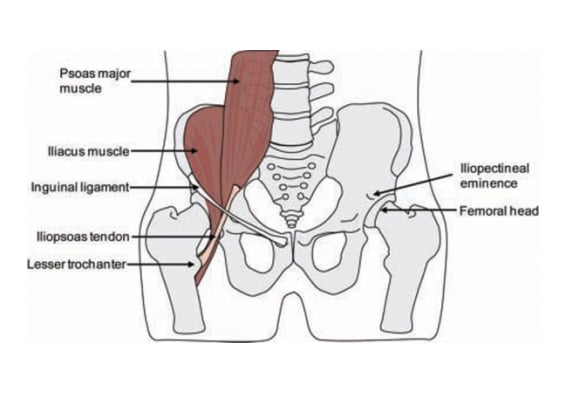- ‘snapping’ hip is a condition usually seen in female athletes, such as dancers, runners, gymnasts and cheerleaders
- It is also known as coxa saltans
- It is characterised by reproduction of a snap or click at the hip with repetitive motion
- The clicking in the hip is a greater complaint than the pain


Lateral (or external) snapping hip:
This is localised at the lateral aspect of the hip and is produced by the tensor fascia lata or the abducting fibres of gluteus maximus sliding over the greater trochanter and producing a characteristic snapping sound.
This is not usually painful
The young dancer (and the parent) require reassurance that this does not signify any bony abnormality
Internal Snapping Hip:
This is caused by the iliopsoas tendon as it flips over the iliopectineal eminence.
The patient complains of pain with hip flexion
References
Image from OpenI – Licensed by CC
Image from OpenI – Licensed by CC
Image from OpenI – Licensed by CC
Treatment:
Although the condition may resolve with rest, the following will need to be considered :
Review of sporting technique
Release of excessively tight soft tissue structures
Pelvic stability exercises
Stretching of the involved tight tissues
Referral to physiotherapy for:
Gluteal stretches
Iliopsoaos stretches
Soft tissue therapy/myofacial release to the iliopsoas muscle/gluts/TFL
Occasionally surgical release may be required if unsuccessful with physiotherapy
References
Image from OpenI – Licensed by CC
Image from OpenI – Licensed by CC
Image from OpenI – Licensed by CC








